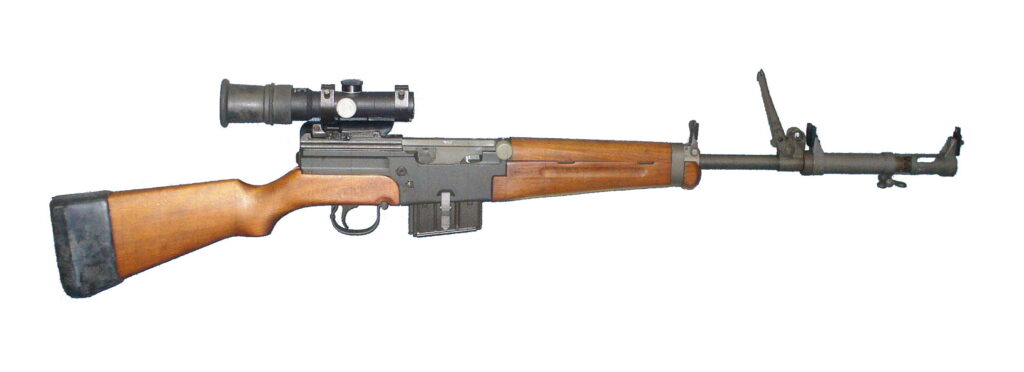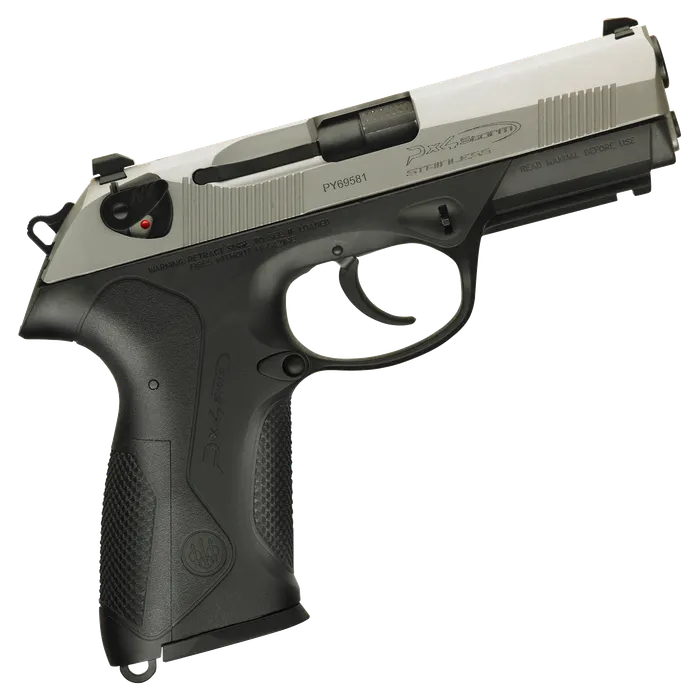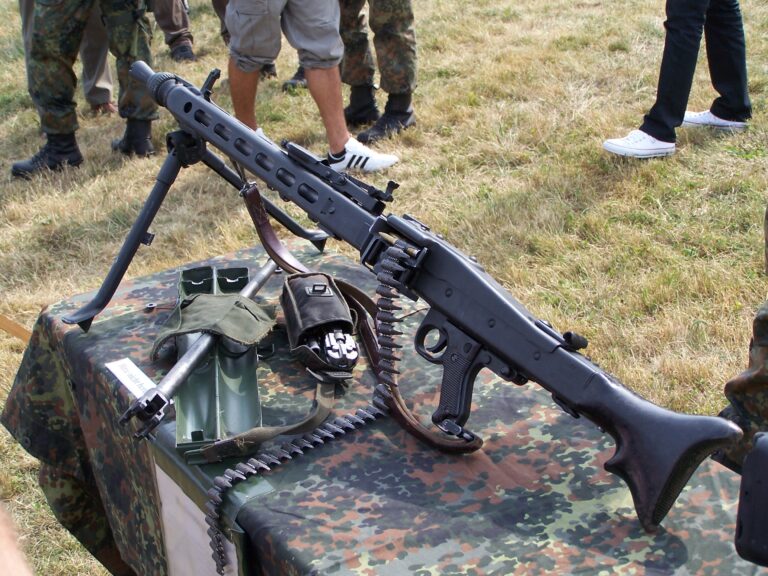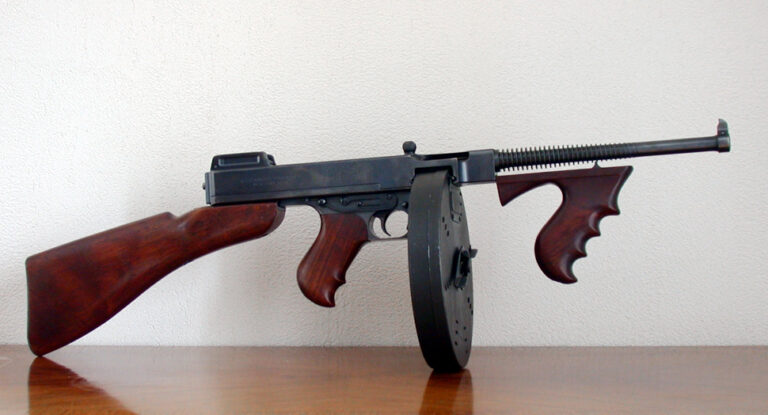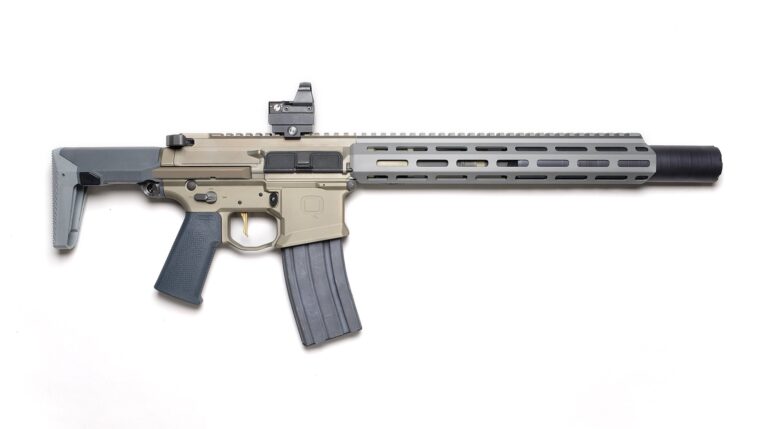Introduction
The MAS 49 is a semi-automatic rifle designed and manufactured in France by Manufacture d’Armes de Saint-Étienne (MAS). Officially adopted in 1949, it succeeded the repeating rifles of the early 20th century and marked a transition to modern weaponry for the French army. Designed to offer precision, reliability and robustness, it was used in several conflicts before being gradually replaced by the FAMAS in the 1970s.
History of MAS 49
Development context
After the Second World War, the French army sought to modernize its individual weaponry. The MAS 36 repeating rifle, though robust, became obsolete in the face of new military doctrines favoring semi-automatic rifles.
MAS engineers worked on a rifle inspired by the technologies of the time, particularly those of American and German semi-automatic rifles. The MAS 44, a prototype developed in the 1940s, served as the basis for the design of the MAS 49, which was officially adopted in 1949.
Use in conflicts
The MAS 49 and its improved version, the MAS 49/56, were used in several wars and military operations:
Indochina War (1946-1954)
Algerian War (1954-1962)
Operations in Africa and the Middle East
Despite its effectiveness, the MAS 49 was gradually replaced from the 1970s onwards by the FAMAS, which adopted a bullpup configuration and operation more suited to modern engagements.
Technical data
| Caliber | 7.5×54 mm MAS |
|---|---|
| Weight | 4.1 kg |
| Total length | 1,100 mm |
| Barrel length | 580 mm |
| Magazine capacity | 10 shots |
| Mechanism | Gas borrowing, cylinder head not stalled |
| Effective range | Approx. 600 metres |
| Materials | Steel, wood |
Ergonomics and design
The MAS 49 is designed for efficient military use, with a sober, functional design:
Detachable 10-cartridge magazine, but can also be fed with reloading clips.
Eyecup sighting system offering good accuracy for the time.
Relatively long barrel for optimum range and accuracy.
Direct gas-borrowing mechanism for reliable semi-automatic operation.
Versions and upgrades
MAS 49/56
In 1956, a modernized version of the rifle was introduced: the MAS 49/56. This variant incorporated several improvements:
Addition of a muzzle brake to reduce recoil.
Integrated grenade launcher attachment system.
Reduced weight and length for improved manoeuvrability.
The MAS 49/56 was the French army’s last standard semi-automatic bolt-action rifle, before the adoption of automatic assault rifles such as the FAMAS.
Comparison with other military rifles
| Model | Caliber | Weight (kg) | Barrel length (mm) | Capacity |
| MAS 49 | 7.5×54 mm MAS | 4,1 | 580 | 10 |
| MAS 49/56 | 7.5×54 mm MAS | 3,85 | 580 | 10 |
| M1 Garand | .30-06 Springfield | 4,3 | 610 | 8 |
| FN FAL | 7.62×51 mm NATO | 4,2 – 4,5 | 533 | 20 |
| AK-47 | 7.62×39 mm | 3,8 | 415 | 30 |
The MAS 49 is often compared to the American M1 Garand and the FN FAL, two benchmark semi-automatic rifles. Compared to the FN FAL, the MAS 49 is lighter but has a smaller capacity. Compared with the M1 Garand, it features a more modern feed system with detachable magazine.
Contemporary use
Although retired from active service, the MAS 49/56 is still used in some reserve units and by collectors. It is also popular with marksmen and women, not least because of its high-performance caliber and precision.
Conclusion
The MAS 49 marked a milestone in the evolution of French military weaponry, introducing a reliable and accurate semi-automatic rifle. Its improved version, the MAS 49/56, extended its career before the arrival of modern assault rifles. Today, it remains an emblematic piece of French military history, prized by collectors and shooting enthusiasts alike.

